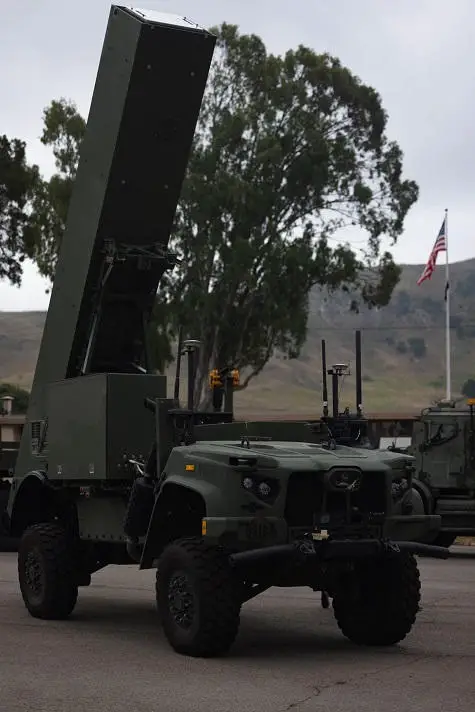The United States Marine Corps (USMC) presented the strategic plan known as “Force Design 2030” in March 2020 to confront the challenges posed by China and Russia, particularly in the region known as the Indo-Pacific. In a nutshell, the plan intended to shift the emphasis away from counter-insurgency operations and specific interventions, as had been the case in the preceding three or four decades, and return to the basics that had won the Marine Corps its reputation, particularly during World War II. In addition, the plan sought to return to the foundations that had earned the Marine Corps its reputation, particularly during World War II. In addition, the strategy underlined the importance of investing in crucial technological advancements while recommending the relinquishment of certain “historical” capabilities that were judged inappropriate, such as combat tanks.
According to General David Berger, the then commanding officer of the USMC at the time, the primary focus was on concentrating on maritime warfare, denying the adversary the use of the seas, and preserving the freedom of action for American forces.
The “Force Design 2030” plan highlighted the concept of EABO, which stands for “Expeditionary Advance Base Operations.” This strategy entailed providing the United States Marine Corps with an anti-ship capability from land “as part of an integrated anti-surface naval warfare campaign.” The overarching goal of this strategy was to prevent the adversary from gaining access to strategic maritime areas. Nevertheless, another goal of the plan was to develop the capability for conducting long-range strikes.

After that, the United States Marine Corps initiated a programme known as NMESIS, which stands for the Navy and Marine Corps Expeditionary Ship Interdiction System. This programme aimed to develop an anti-ship capability based on the Naval Strike Missile (NSM), using technology that had already been proven successful. As a result, this capacity could be promptly deployed.
The ROGUE-Fires is an unmanned ground vehicle (UGV) created by Oshkosh and based on the Joint Light Tactical Vehicle (JLTV). As part of this programme, two missiles, each with a range of at least 200 kilometres, are launched from the ROGUE-Fires. A control system that may be operated by remote is built inside the ROGUE-Fires. This capacity was effectively demonstrated During the drills carried out in August 2021 by the United States Navy as part of the Large Scale Exercise 2021.
The M142 HIMARS (High Mobility Artillery Rocket System) and the LMSL (Long-Range Missile) project are responsible for the long-range attack capability of this system. The LMSL is essentially an extension of the NMESIS programme. It involves installing an Mk.41 vertical launch system on a ROGUE-Fires vehicle to fire Tomahawk Block V cruise missiles and “Maritime Strike Tomahawk” missiles with a range of 1600 kilometres. Using the electromagnetic emissions they emit, the latter can locate, follow, and zero in on enemy ships.
The USMC announced on July 21 that the 11th Marine Regiment had created the first long-range missile battery. This battery is now equipped with 16 Tomahawk Block 5 missile launchers.
Colonel Patrick Eldridge, the commanding officer of the 11th Marine Regiment, stated that someone in a high-ranking position had mentioned that they had seen what Marines could accomplish with rifles and were interested in seeing what Marines could do with tomahawks. As an outcome of this, the “Alpha” battery has been given the mission of “refining tactics, techniques, and procedures for using this long-range fire weapon in support” of the 1st Marine Division and the 1st Marine Expeditionary Force (MEF).
